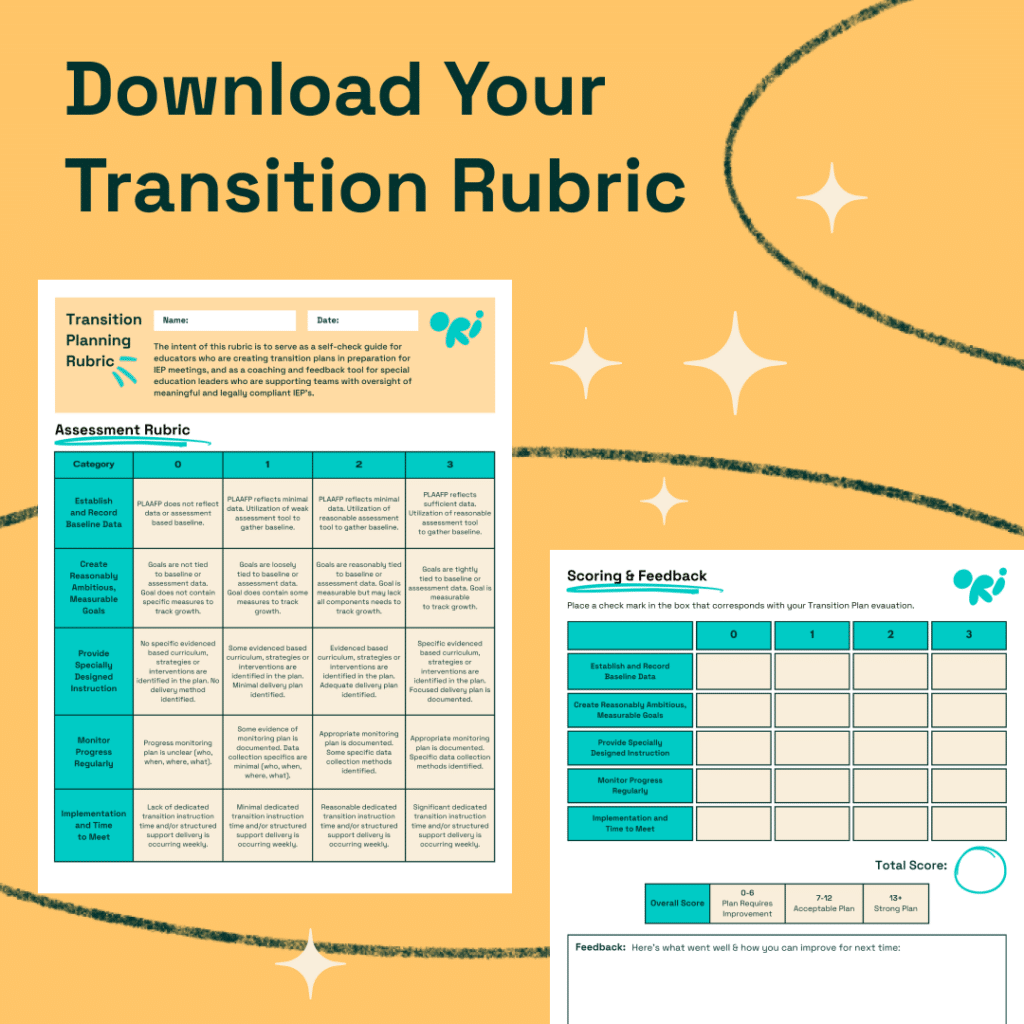


Special education professional development is directed at teachers, but it is ultimately for the benefit of students and their outcomes. Through a process of continuous learning, teachers are able to fill in their knowledge and skill gaps in order to better serve their students and ensure that they get a quality education.
There is, however, growing evidence that the existing professional development models are not sufficiently supportive of the complex work that special education teachers in particular perform (Leko and Brownell, 2009, Stelitano et al., 2019). These issues have a knock-on effect on student outcomes.
In this article, we will discuss the challenges faced by special education teachers and the role of professional development (or PD) in overcoming them, and suggest effective strategies to implement special education professional development successfully and effectively in schools and districts with the help of case studies.
Special education teachers navigate a complex role that demands both autonomy and collaboration. At the heart of their profession lies a commitment to teaching students with special needs, involving specialized instruction and tailored assessments within a classroom environment.
This core responsibility extends beyond the classroom to include essential preparation tasks such as grading and lesson planning, as well as frequently collaborating with peers and maintaining open lines of communication with their students’ families or caregivers. They are ultimately tasked with championing the integration and advocacy of students with disabilities in general educational settings.
As rewarding as this work is, balancing the demands of the role along with the numerous obstacles that the special education field at large faces makes it incredibly challenging. These challenges range from the well-documented issue of “chronically and severely limited” resources in special education (Weatherly and Lipsky, 1977) to burnout and job dissatisfaction among special education teachers caused by poor working conditions (Bettini et al., 2017) and the resulting sky-high turnover rate, which is roughly double that of general education teachers (Tyler & Brunner, 2014).
Each of these challenges adds considerably to the stress of an already overburdened profession, impacting the ability of teachers and schools to provide special education students with individualized instruction and a free appropriate public education (FAPE) which meets the standards outlined by IDEA.
There is a set of circumstances relating to the knowledge and prior experience of teachers which demonstrate a need for special education leaders to secure professional development in specific areas.
One of these is that teachers have varying levels of expertise in different areas which don’t always overlap. Leko and Brownell (2009) give the example of Bill, a veteran special educator, and Karen, a novice special educator. Bill relies heavily on a scripted curriculum for teaching reading which leaves him with a limited framework for understanding reading instruction. In contrast, Karen has a background in mathematics but lacks knowledge in teaching mathematics to students with disabilities and is therefore unfamiliar with teaching social studies and science. This exemplifies the diverse profiles of special education teachers, which points to the individual nature of the professional development needs and approaches of each teacher.
Another important factor in special education professional development is that traditional special education programs often provide broad-based education across grades K-12, focusing on general instructional practices and behavior management. This broad preparation may not provide sufficient content knowledge for specific subjects. According to Leko and Brownell (2009), special education teachers may struggle with providing appropriate content area instruction and need additional support in certain areas, especially if they have taken alternative routes. For example, Karen’s alternative route program emphasized general teaching principles, but offered limited information about the specific learning needs of students with disabilities in content areas.
Our Transition Planning Rubric is designed to support district leaders and educators in guiding their teams towards excellence in transition planning.
It provides comprehensive criteria that cover the breadth of transition planning, from gauging student engagement to evaluating post-secondary goals and services.
Expand your team’s capabilities and improve the success of IEP meetings.

Given the above-mentioned challenges, it is important to have clear frameworks which can help guide educators in establishing special education professional development goals for their schools and districts.
Woulfin et al. (2021) highlight the following three tenets of effective professional development based on a review of the relevant literature:
In its Best Practices Research Report from July 2023, Hanover Research features several district spotlights which are case studies showing ways in which school districts and public schools go about implementing professional development, with a particular focus on professional learning communities (PLCs). We include the two most comprehensive case studies in a summarised form below:
Quitman Public Schools (QPS), a small district in Quitman, Arizona, initially lacked a clear mission, and there was skepticism about students’ ability to learn at high levels. Teachers operated independently, often using outdated methods, despite the district’s potential in academics and athletics. Eventually they began transforming their educational approach in 2020 by transitioning from independent to interdependent work through the use of PLCs.
Over two years, QPS stakeholders crafted a mission statement that was followed up by the development of actionable collective commitments through a collaborative activity which encouraged teachers to engage with the mission statement to identify and agree on key behaviors. These commitments now underpin all district activities: they are reviewed at the start of PLC meetings and staff professional development to ensure ongoing alignment and focus on collaborative, effective educational practices.
In the White River School District, located in Buckley, Washington, the role of a team leader is crucial for enhancing the functioning of schools as PLCs. The district places significant emphasis on the thoughtful, deliberate selection of team leaders, recognizing their pivotal role in achieving the district’s mission of ensuring high levels of learning for all students and enabling coordination between the teams they lead.
Team leaders in White River serve as a communication link between the administration and faculty, and are responsible for facilitating the team’s focus on critical questions and practices that improve student learning. They are also expected to possess strong planning and organizational skills, a demonstrated record of effective teaching, and the respect of their peers.
In summary, Quitman Public Schools demonstrated a significant transformation by developing robust, actionable commitments rooted in a collaboratively formed mission statement, while White River School District emphasizes the crucial role of team leaders in fostering the success of PLCs, focusing on their selection and capabilities to enhance overall school performance. Both districts highlight the importance of leadership, collaboration, and strategic planning in achieving high levels of student learning and continuous improvement in instructional culture.
Professional development helps special education teachers enhance their skills and knowledge. This ensures they can offer high-quality education and support to students with special needs, which ultimately improves the students’ outcomes.
Special education teachers often deal with limited resources, high job stress, and burnout, which can lead to high turnover and low retention rates. These challenges can impede the delivery of effective education to students with disabilities and demonstrate a need for professional development.
Effective professional development should have the following characteristics:
Special education professional development is essential not only to address the unique challenges they face but also to enhance their instructional capabilities overall. Effective PD strategies must be sustained, collaborative, and specialized to meet the diverse needs of special education teachers. These strategies help in transforming educational practices through the development of focused mission statements and the strategic selection of team leaders. Ultimately, well-implemented PD leads to improved teacher performance and better educational outcomes for students with special needs, highlighting the critical link between teacher development and student success in special education.


